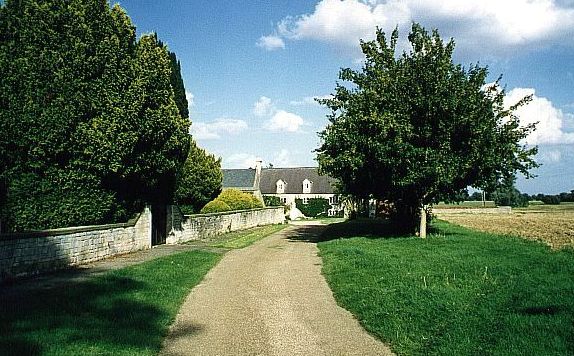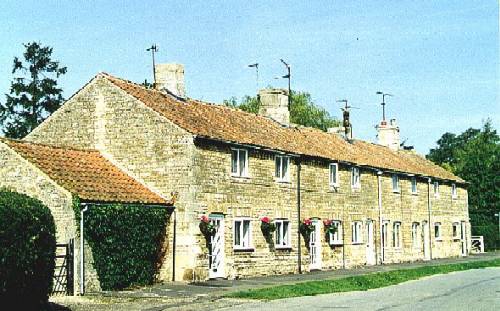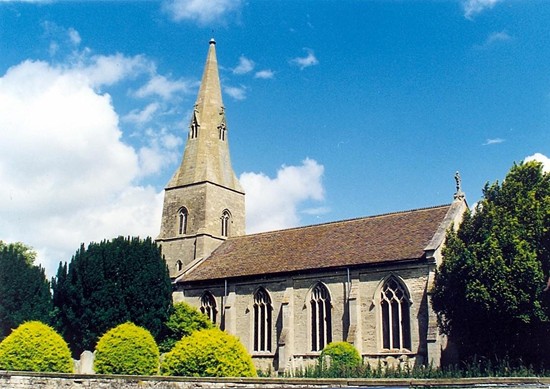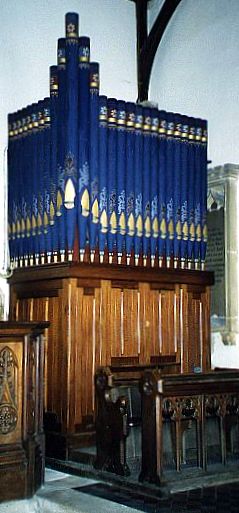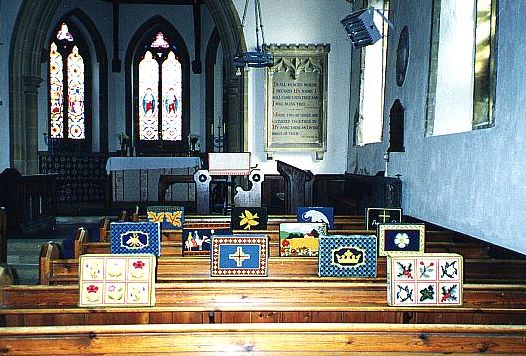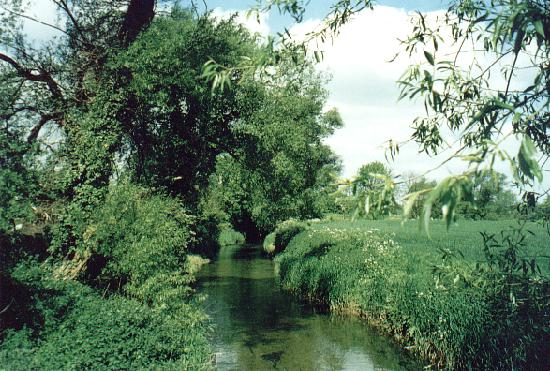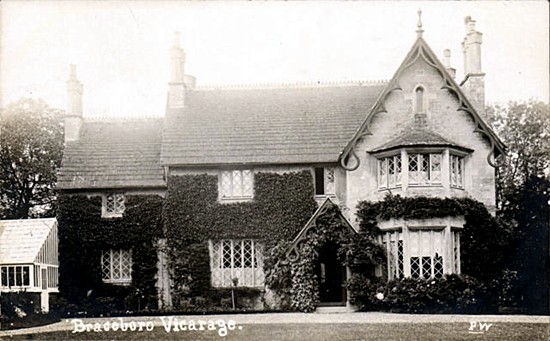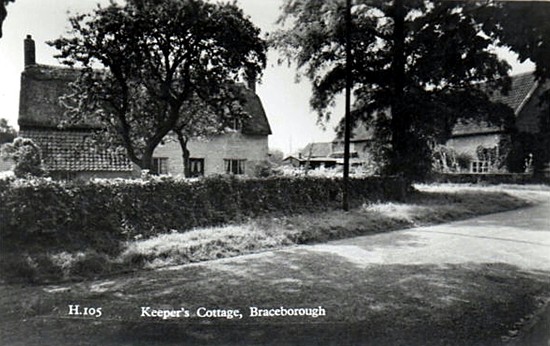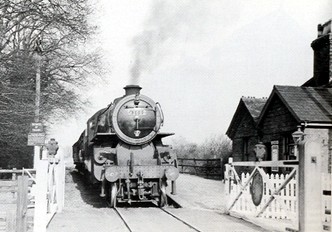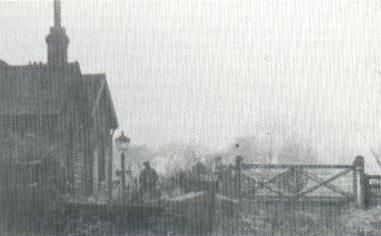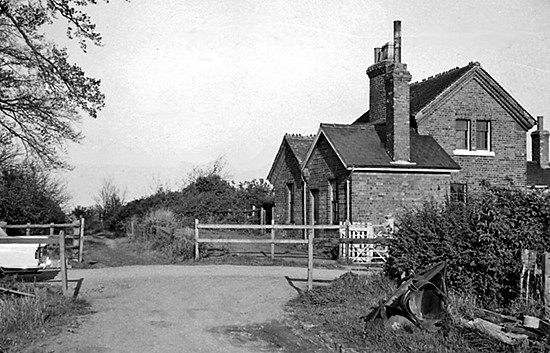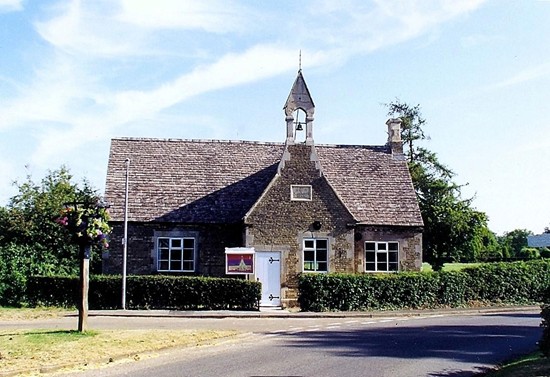|
Braceborough
This was once Braceborough Spa, a secluded place of mineral springs which were popular in centuries past. The village is tucked out of the way between the A15 and A6121, four miles south of Bourne, and you will miss it unless you keep your eyes open for the signpost. The chalybeate springs in the Bourne area spawned an entire mineral water industry that made the town famous and this underground source also extended further afield to Braceborough. As a result, many people visited the village, particularly during the 18th century when it was claimed that by drinking or bathing in the water they would be cured of all ills, even leprosy and scurvy. John Buswell, who ran the spa around 1740, attracted clients through newspaper advertising which also offered food and accommodation during their stay and he often used testimonials of these miracle cures to justify them. Such outrageous claims have now been banned by successive legislation but in times past, those wishing to find a cure for an ailment or seeking better health were attracted to the spas of pure water that could be found dotted around the country, such as here at Braceborough, and therefore became very popular and extensively patronised by sufferers from a multitude of complaints, hence the phrase “taking the waters”. A
bathing house was built here in 1841 when the springs were reported to be
yielding 1½ million gallons of mineral water a day that gushed forth, according to one eye witness, at the rate of "seven hogsheads a minute" and he also noted: "The mineral water here is known for its remarkable purity and abundance of gaseous constituents, rendering it eminently suitable for drinking and dietetic purposes. It also exerts a beneficial action used externally in certain affections of the skin." In view of this spa's recommendation for healthy living, it is perhaps fitting that the imposing and spacious Braceborough Hall has become a retirement home where the more affluent of our senior citizens can live out their final years. Few now know about Braceborough Spa although it once boasted its own railway station which survives as a private residence known as Spa Halt. The old railway station was bought in December 1964 by a London couple, James Lawlor, aged 67, and his wife Jessie, aged 63, who decided that they were not too old for a rural retreat and despite warnings from local people that it was a hopeless task, turned it into a comfortable modern home by 1968. Said Mrs Lawlor: "When we saw this place, we both fell in love with it at once." The cream, green and black decor used by British Railways was covered over with a light wallpaper, the old booking office became a dining room and the waiting room was transformed into a guest room. All of the old station's living accommodation was stripped and redecorated, a bathroom was built on and outside the wash-house became a tool shed while the platform with its end ramp now forms the basis of the garage and its driveway. Mr Lawlor levelled the surrounding land and put in paths, steps and walls and planted shrubs and flowers. The total cost of conversion was £3,500 although they also had an unexpected expense when the well which provided the property with water dried up and they had to sink a new borehole at a cost of £300.
The old school is now used as a village hall and has just been extensively
refurbished at a cost of £55,000. It was built in 1871 as St Margaret's
School but was taken over in recent years for community use-by villagers
from Braceborough and the neighbouring village of Wilsthorpe. The
alterations and extensions to the dilapidated building were started in
March 1998 and took a year to complete. They included the addition of a
new extension housing a lobby and storeroom, a kitchen and toilets with
facilities for the disabled. Inside the hall, a bar area has been created
and new lighting, heating and audio equipment installed and the entire
building redecorated. The original school bell in the open bell-cote over
the front porch has also been restored and outside, a patio area has been
created and a new lawn laid for the garden area. The village is one of sequestered charm, enhanced by several thatched cottages and a mix of the old and the new, including a fine terrace of stone cottages in the main street, pictured above, where one occupant spent his life collecting a magnificent display of farm machinery that was displayed in his garden. The village also contains a number of well designed modern bungalows set in ample grounds.
St Margaret's Church has a fine porch from 1662 and a sturdy church tower with a soaring broach spire dating back to the 13th century and a wheelchair ramp inside the porch reminds us of the elderly residents who now live in this village. There are several items of antiquity inside, importantly the Norman font, its square bowl carved with arches, zigzag and diamond pattern, although the tiny apsidal chancel has largely been rebuilt. Yet another is a big stone with the impress of a brass to Thomas de Wasteneys who died here of the Black Death in 1349. The window in the south aisle contains figures of saints Luke, Paul and Mark, and is the work of the eminent Victorian stained glass artist C E Kempe whose output in Lincolnshire was impressive. The organ is small but magnificent in its new livery of blue and gold while another dash of colour is provided by the hand-embroidered hassocks, neatly lined up in the pews ready for the comfort of worshippers at mattins or evensong next Sunday. A major
rebuilding programme was completed in 1859 and the 150th anniversary of this
work was celebrated on Sunday 13th September 2009 with a thanksgiving and
commemorative service which also marked the latest improvements being made to
the pews. The archdeacon, the Very Rev Tim Barker, preached a sermon and the
choir from All Saints' Church, Stamford, sang with bellringers from the nearby
village church at Greatford in the tower. There were biblical texts, readings
and hymns from the original consecration service held on 8th September 1859 and
afterwards, everyone adjourned to the church hall for refreshments.
The East Glen River runs past the edge of Braceborough and summer time will find it a mass of burgeoning leaves and grass, a tranquil scene that has endured for many centuries past although the persistent use of agro-chemicals has cost us most of our wild flowers. This is part of England's green and pleasant land, the rural landscape evocatively described by the painter, poet and mystic William Blake (1757-1827), and one that is remembered with a deep affection and nostalgia by all who have lived here and are now far from home. In spite of the poor treatment it gets from some farmers, our countryside retreats stubbornly in the face of such adversity although it has changed for the worse in a single lifetime. At this season of the year, it still bursts forth to give us another magnificent display but unless these practices are moderated, we cannot expect such resistance to continue indefinitely.
REVISED FEBRUARY 2014
See also Go to: Main Index Villages Index |
||||||||||||||||||||||||||||||||
